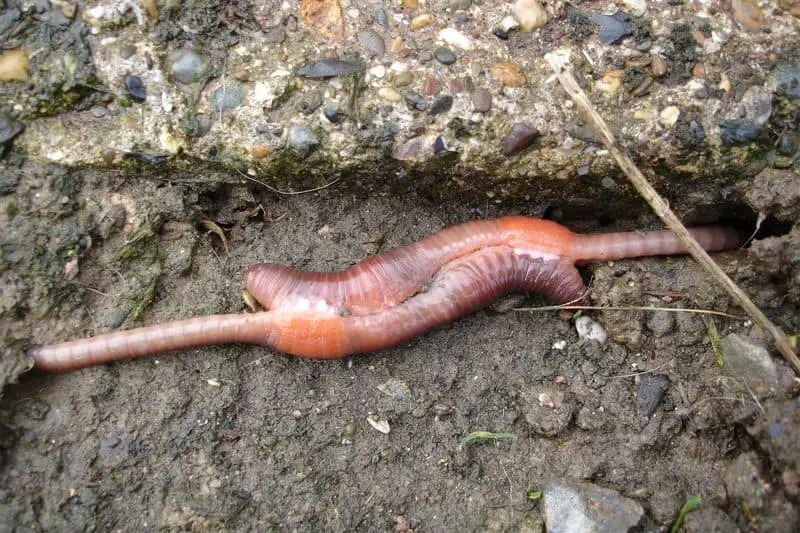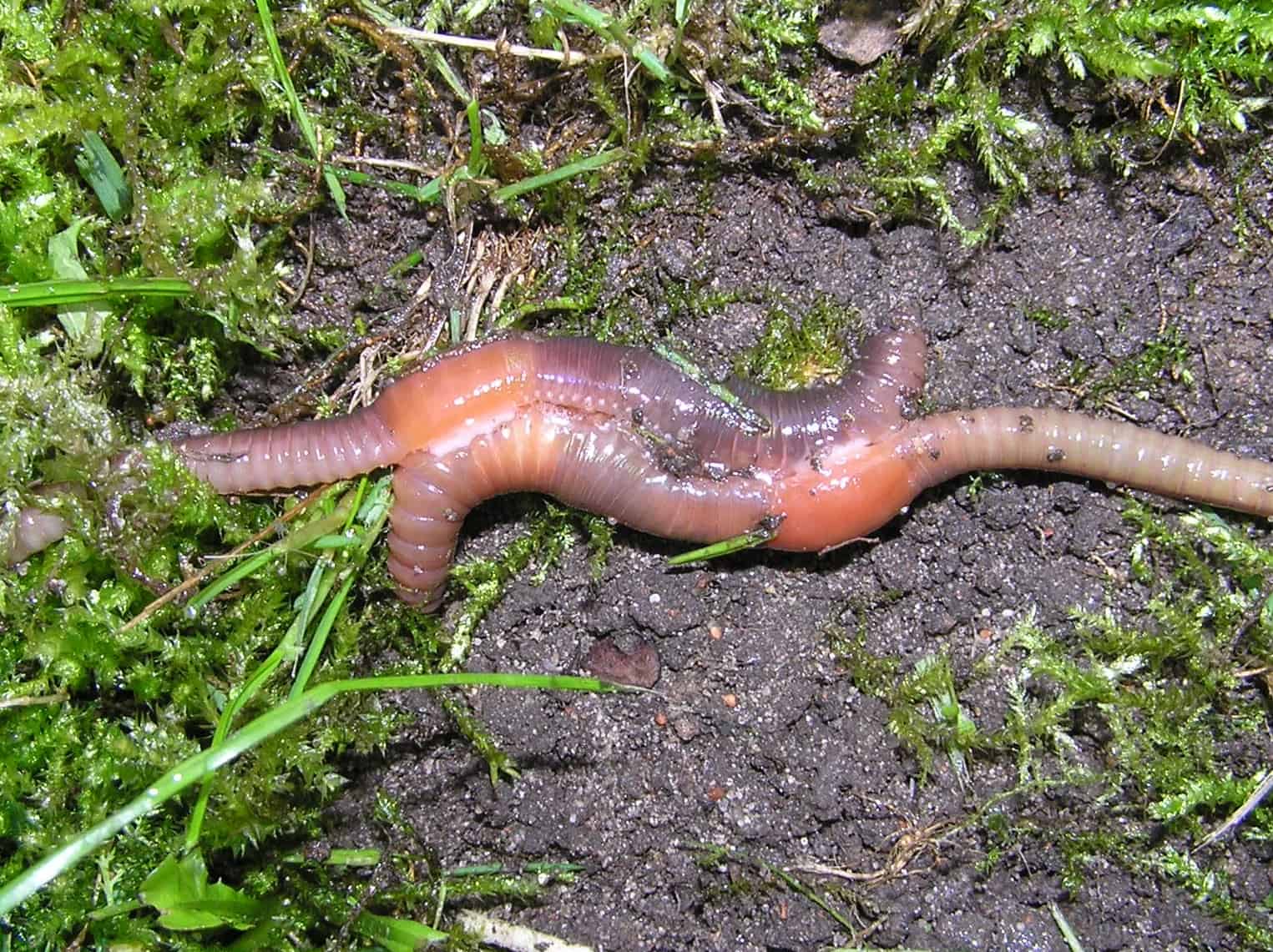
Jeffery Jago is a expert in horticulture and worm breeding. With a background in plant cultivation
Last Updated on April 24, 2021 by Jeffery Jago
Ever been board, sat down at a computer and googled “how do worms reproduce?”? I’m going to go out on a limb here and say, yes, since you’re reading this right now! It’s actually a really fascinating subject, luckily it’s not too long or complicated either. So if you read this article, in just a few minutes your going to know how thousands of worm species reproduce, Including earthworms. It’s a great conversation starter trust me.
First, we should get the most important details out of the way. Earthworms, Along with thousands of other worm species, Are hermaphrodites. In fact, recently there was even a discovery of a worm species that had 3 sexes, 1 part male, 1 part female, and 1 part hermaphrodite! Very strange, it live’s in water 4 times saltier than the ocean and its immune to arsenic.
Pretty extraordinary. In the case for earthworms, As well as being a hermaphrodite species, of which their are many others. Ex: snails, Echinoderms, some fish, etc. Both worms will get pregnant during the reproductive act. During a session of earthworm sexual intercourse, the worms will use both sexual organs at the same time.
If everything goes as planned, both worms will crawl away with fertilized eggs. Each egg will contain 2-4 baby worms, and each egg sack will contain around 20 eggs average. Sometimes less. Not all of these eggs will hatch, however. But overall, an earthworm can produce eggs every 7-10 days and have up to 1000 baby worms every 6 months, which will produce their own offspring after 3 months.
As you can imagine, this creates a very fast-growing population. In fact, seasoned vermicomposters have stated they expect their populations to double every 3 months. What is a vermicomposter? They are people who breed and raise worms for their composting gardens. Eventually, I’ll have my own article up on that subject, but for now, you can check out HowStuffWorks for their short and quick article.
How the copulation process happens

How does it work? 2 worms will line themselves up with each other, Much like a “69” position. They will start producing loads of mucous which will cause a ‘slime tube’ to form around both of their wriggling bodies.
Once this occurs, both worms will eject sperm into the slime tube, which guides it into the other worms sperm receptacle. That’s it, It only lasts a little bit and both worms will be on their merry way.
Just like any other egg in reproduction, The sperm and egg will meet inside a new slime tube created by the clitellum. That’s the darker strip you always see on worms. If everything works as nature intended, the eggs are now fertilized and about 80 little baby worms will have started their new life. At least partially, they still need to be laid!
That new slime tube will now be converted into a cocoon like structure that will hold up to 20 eggs at a time. It kind of looks like a little lime or lemon in shape. In color it’s brownish white. The worms are now left to their own survival.

Within 3 weeks these little worm eggs will hatch, break their way out of the cocoon and dig their way down into the ground to start a new life.
Earthworms can impregnate themselves
Earthworms can’t reproduce asexually, But by releasing a segment of it’s body(aka being cut in half), it effectively becomes 2 separate worms. Given enough time theoretically these 2 worms could than reproduce with each other. It’s rare for this to happen tho, And usually only the head end will survive. Sometimes a worm will get lucky and be able to regenerate a new head end, but its more naught than often (is that a phrase?)
How fast do earthworms reproduce?
As a general rule, low populations of worms will reproduce slower than large communities. On average a worm that has reached the age of reproduction (60 days) will produce an egg about every 10 days. If conditions are perfect, and the worms are well fed and well looked after, with enough moisture and space and food access, 8 worms could become 15000 worms within 6 months of proper breeding care.
This is certainly easier in captivity than it would be in the wild, as in the wild many worms won’t make it to adulthood, or even hatch from the egg. The earthworm has many predators.
what are earthworms classified as?
The scientific classification for worms is Oligochaeta. It’s a wide species classification of subspecies phylum annelida. It’s a wide net that includes many aquatic and worm species.
There are over 10,000 species of Oligochaeta. You can read more about them on the wiki link above. Some interesting tidbits are:
the four main families with large numbers of species are Glossoscolecidae, Lumbricidae, Megascolecidae and Moniligastridae. Earthworms are found in all parts of the world except for deserts.
Wiki
And
Oligochaetes occur in every continent in the world occupying terrestrial, freshwater, and marine habitats. Of the 1700 known aquatic species, about 600 are marine, and 100 inhabit groundwater. Aquatic oligochaetes occur in most groups, with the Naididae being the most speciose.[5]
More wiki
You can watch a worm hatch from it’s egg in this video posted by Dave. Thanks Dave!
In conclusion, I hope this article has helped answer your initial “how do worms reproduce” question. Certainly hope it was as much fun for you to read as it was for me to write!


